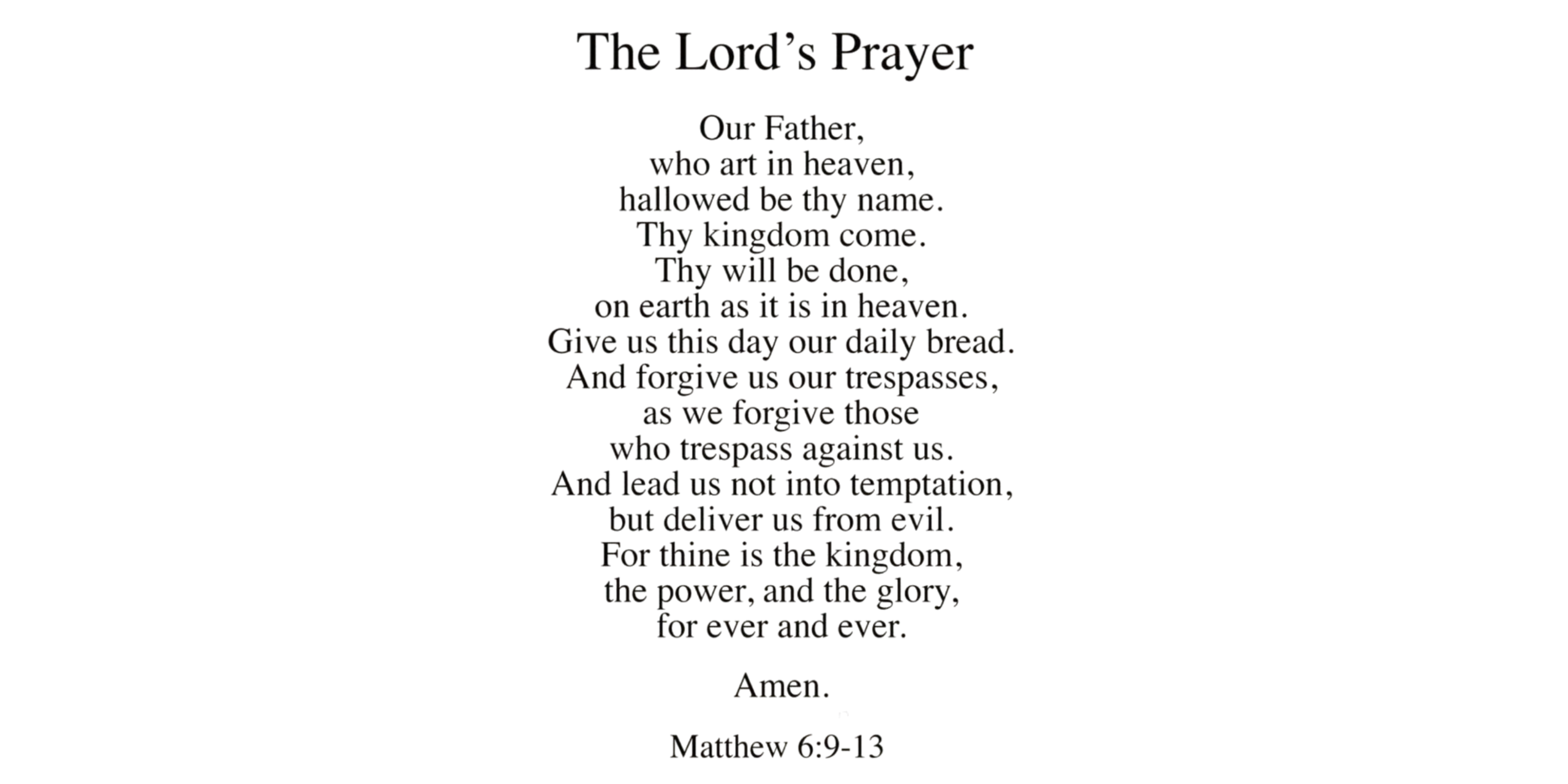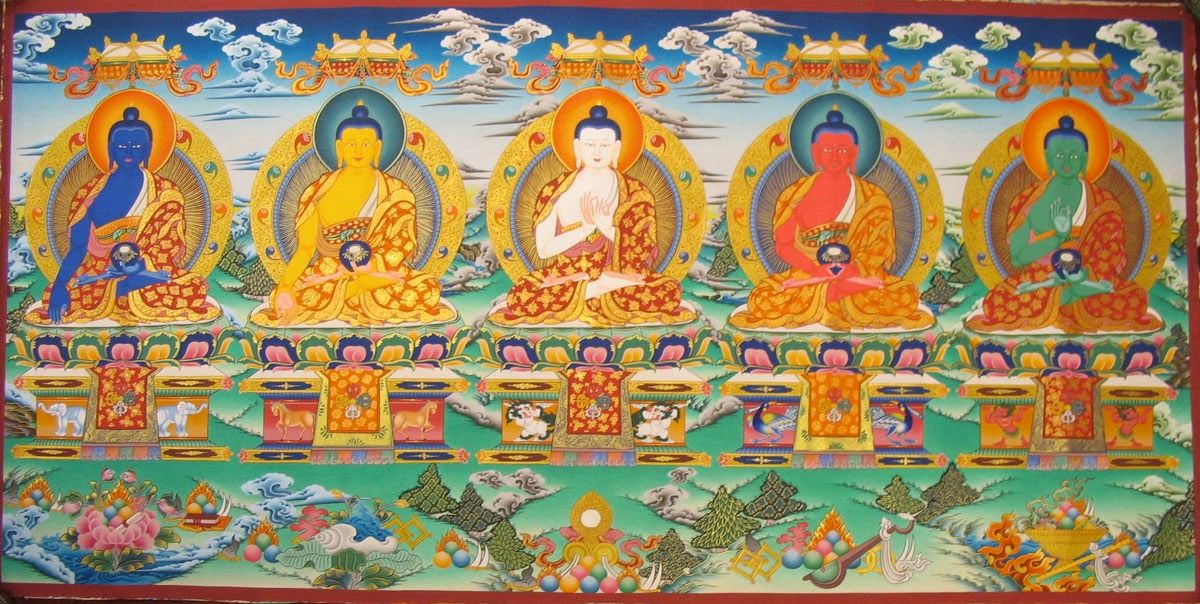Have you ever closed your eyes during a yoga class and heard the soothing vibration of “OM”? Or maybe you’ve seen this symbol (ॐ) on jewelry, tattoos, or meditation spaces? OM isn’t just a sound or a symbol – it’s a cosmic mantra, a spiritual anchor, and one of the most powerful vibrations in the universe.
OM (also written as AUM) is not simply a sound to be heard – it’s a vibration to be felt, a symbol to be understood, and an experience to be lived. In Hinduism, Buddhism, and Jainism, OM is recognized as the primordial sound – the first vibration that gave rise to all of creation.
Often referred to as the “sound of the universe,” OM encompasses the essence of the cosmic cycle – from beginning to end. When we chant OM, we don’t just make a noise. We align ourselves with a universal rhythm, one that transcends time, space, and physical matter.
The Three Sounds of AUM
The sound of OM is typically broken into three phonetic parts:
A (अ) – Symbolizes creation, the waking state of consciousness.
U (उ) – Represents preservation, the dream state that bridges the conscious and unconscious.
M (म) – Stands for dissolution, the deep sleep or state of pure consciousness.
These three sounds also represent the triad of major Hindu deities – Brahma (creator), Vishnu (preserver), and Shiva (destroyer), and together, they depict the entire process of existence.
There is also a fourth element – the silent pause after M – known as Turiya, which represents pure awareness, a state beyond the physical and mental, where peace and unity reside.
Tracing the Origins of OM
1. OM in the Vedas and Upanishads
The earliest mention of OM appears in the Upanishads, the spiritual texts that form the philosophical backbone of Hinduism, dating back to 500–800 BCE. The Mandukya Upanishad, in particular, is entirely dedicated to explaining the significance of OM.
It states:
“OM is the imperishable word. OM is the universe. All that was, all that is, and all that will be – is OM.”
This description illustrates the all-encompassing nature of OM – not just as a spiritual symbol, but as the very fabric of reality.
2. OM in Patanjali’s Yoga Sutras
In the Yoga Sutras of Patanjali (circa 400 CE), OM is described as the sound that symbolizes Ishvara, or the Divine. Patanjali presents OM as a tool for meditative focus and spiritual connection. Chanting OM is said to purify the mind and lead the practitioner toward self-realization – a practice still embraced by yogis and spiritual seekers today.
3. OM in Buddhism and Jainism
Buddhism: OM forms the beginning of many powerful mantras, including the well-known “Om Mani Padme Hum.” Tibetan Buddhists believe OM embodies the compassionate qualities of the enlightened mind.
Jainism: In Jain traditions, OM represents the Pancha-Parameshti – the five supreme spiritual beings. Chanting OM is a way to honor these elevated souls and aspire toward spiritual liberation.
Through these traditions, OM has traveled through centuries, crossing spiritual boundaries while retaining its sacred core.
The Power of Sound: What Science Says About OM
Modern research has begun to catch up with what ancient sages intuitively understood – OM is not just spiritually profound, but biologically and psychologically impactful as well.
1. Brainwave Changes and Relaxation
Chanting OM stimulates the vagus nerve, which calms the nervous system. Studies using EEG (electroencephalogram) have shown that OM chanting can shift brainwaves from beta (alert) to alpha (relaxed) and even theta (deep meditation) states, promoting calmness, clarity, and inner peace.
2. Vibrational Healing
OM resonates at approximately 432 Hz, a frequency said to be in tune with the natural frequencies of the Earth and the human body. This resonance is believed to:
- Reduce anxiety and stress
- Lower blood pressure
- Improve focus and emotional regulation
These vibrational effects are part of a growing field called sound therapy, which uses frequencies and tones for healing and well-being.
3. Stimulation of the Ajna Chakra
According to yogic philosophy, OM stimulates the Ajna Chakra or “third eye,” located between the eyebrows. This chakra is associated with intuition, clarity, and spiritual insight. Neuroscience suggests that this area is linked with the pineal gland, which regulates sleep and perception. Regular chanting of OM has been associated with increased pineal activity, supporting ancient beliefs with modern science.
Integrating OM into Daily Life
You don’t need to be a monk or yogi to benefit from OM. It can be a gentle, grounding practice for anyone – a quiet moment in the midst of a noisy world.
Practical Ways to Chant OM:
- Create a Sacred Space: Find a quiet corner in your home where you won’t be disturbed. You can enhance the space with candles, cushions, or incense to create a calming atmosphere.
- Sit in Comfort: Sit in a comfortable position with your spine straight and your body relaxed.
- Breathe Mindfully: Take a few deep breaths to center yourself.
- Chant Slowly and Clearly: As you exhale, chant “OM” slowly, allowing the sound to arise from your belly and resonate through your body. Feel the vibration, not just in your throat but through your chest and head.
- Repeat and Reflect: Repeat the chant for a few minutes. Let the silence that follows each chant sink in – that’s where the magic lies.
- Practice Daily: Even 5 minutes a day can create a noticeable shift in mental clarity, emotional balance, and spiritual awareness.
The Deeper Meaning of OM
The journey with OM is an inward one. It’s a return to the self – the unchanging core within us that often gets buried beneath layers of stress, roles, and responsibilities.
OM reminds us that beneath our busy minds and chaotic schedules lies a stillness – a deeper truth that we are all connected, not just to each other, but to a greater cosmic rhythm.
In that single syllable lies an invitation – to listen, to pause, and to reconnect.
OM in Modern Culture
Despite its ancient origins, OM has gracefully found its way into the modern world. It has transcended spiritual spaces to become a part of lifestyle, fashion, and digital wellness.
1. Fashion and Jewelry
OM has become a symbol of inner peace and mindfulness in the fashion industry. It’s seen on bracelets, T-shirts, yoga mats, and pendants – not just as a trend, but as a subtle reminder to live with presence and grace.
2. Art and Design
Many contemporary artists and architects incorporate the OM symbol in their work. Its symmetry, depth, and visual beauty make it both a spiritual and aesthetic choice for meditation spaces, homes, and even public art installations.
3. Digital Integration
With the rise of meditation and mindfulness apps, OM chanting is now a click away. These digital tools help bring ancient practices into modern routines, allowing people to de-stress and reconnect – even during a short work break.
Respecting the Roots
As OM becomes more mainstream, it’s important to honor its origins. While using OM in daily life is beautiful, it’s equally essential to understand and respect its depth.
Cultural Appropriation vs. Appreciation: Using OM without understanding its background can feel disrespectful to those who hold it sacred. Instead, let’s approach OM with curiosity, respect, and gratitude.
Avoiding Commercialization: While OM in fashion and branding isn’t inherently wrong, reducing it to a trend risks stripping away its sacred meaning.
Every tradition has a story, and OM’s story is one of harmony, transcendence, and timeless wisdom.
In Conclusion:
The sacred sound of OM is not bound by religion, culture, or geography. It is a sound that transcends barriers – reaching straight into the heart of human consciousness.
Whether you chant it to calm your mind, begin your yoga practice, or simply connect with something bigger than yourself, OM offers an anchor – a still point in the turning world.
It is a sound of beginning, a sound of ending, and everything in between.
So, the next time you hear or chant OM, pause and feel its depth. In that pause, you might just rediscover a part of yourself – the part that is whole, peaceful, and eternally connected to the universe.
Let OM be your guide – not just in practice, but in presence.
At Masi Wellness, we encourage you to explore the power of OM in your own practice. Whether you chant it aloud or simply listen to its resonance, allow yourself to connect with its ancient wisdom and experience its transformative potential. It’s a journey into the very fabric of existence, a sound that continues to echo through time, inviting us to listen to the stillness within.







